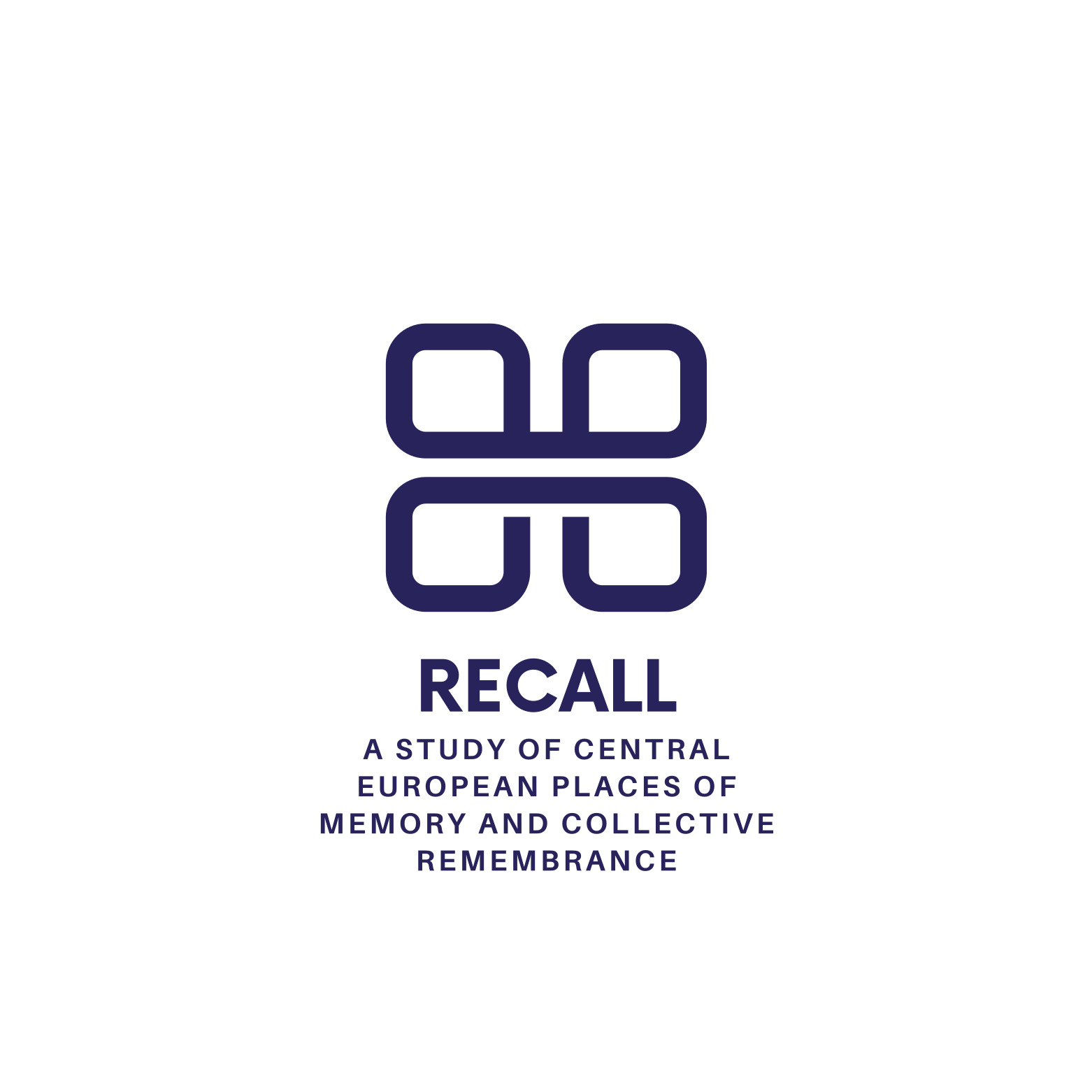
Címke: Poland
-
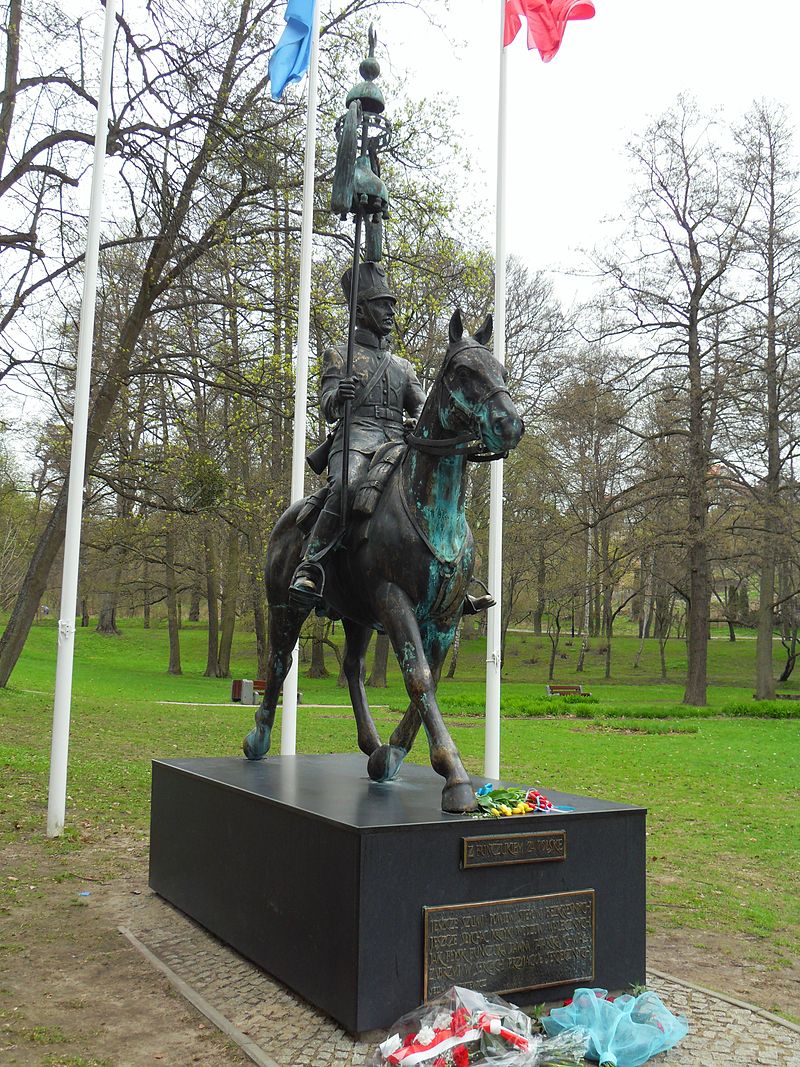
Momument of Polish Tatar, Gdańsk
Muslims in Polish history – Gdańsk, Kruszyniany
Muslims in Polish history – Gdańsk, Kruszyniany Fact of the Polish figure „The birth of Zionism – Chibbat Syjon” Part…
-
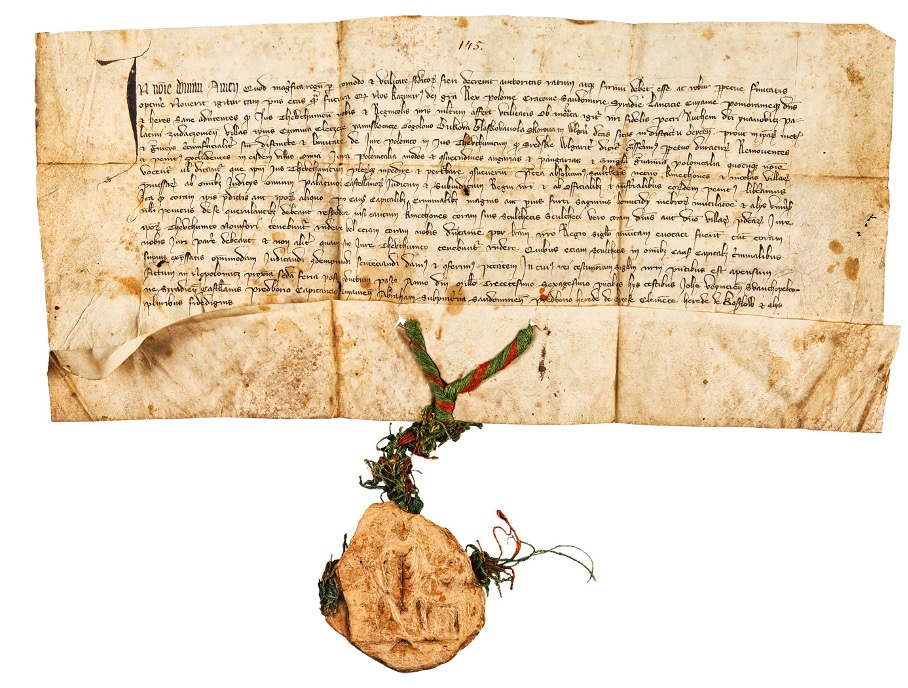
An example of a medieval foundation document issued to German settlers.
Germans in Polish history – Malbork
Germans in Polish history – Malbork Fact of the Polish figure „The birth of Zionism – Chibbat Syjon” Part of…
-
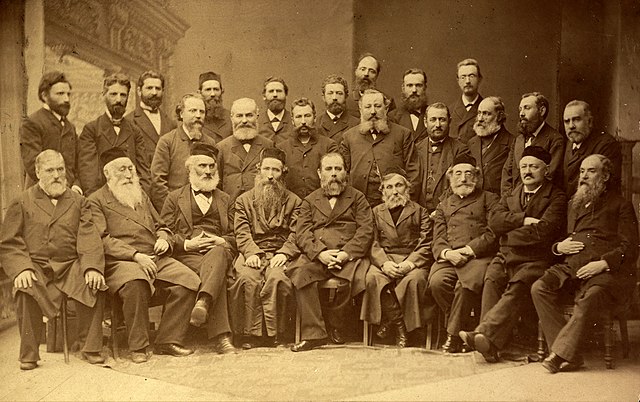
Conference attendees in Katowice. Fifth from left is Leon Pinsker, fourth from right.
The Katowice Conference, 6-11 th of June, 1884, and the decision regarding settlement in Palestine – Katowice
The Katowice Conference, 6-11 th of June, 1884, and the decision regarding settlement in Palestine – Katowice Fact of the…
-
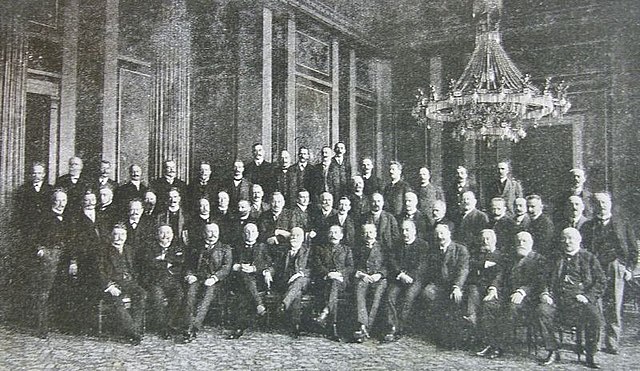
Polish circle in the parliament in Vienna year 1913.
The Polish Circle in the Council of State in the Habsburg Monarchy – Vienna
The Polish Circle in the Council of State in the Habsburg Monarchy – Vienna Fact of the Polish figure „The…
-
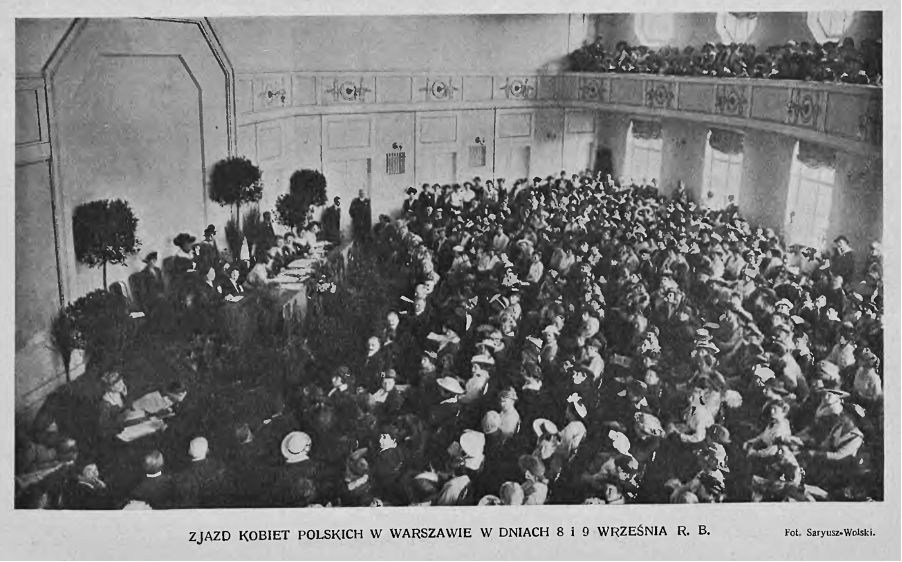
The Women’s Congress held in Warsaw in 1917 was a landmark event in the Polish women’s movement, uniting activists who demanded full suffrage and greater public roles for women. Taking place amid the struggle for national independence, the congress linked women’s rights to the broader cause of liberation, paving the way for the introduction of women’s suffrage in 1918
Women’s Congress in Warsaw (1917) – Polskie Towarzystwo Higieniczne, Warsaw
Women’s Congress in Warsaw (1917) – Polskie Towarzystwo Higieniczne, Warsaw Fact of the Polish figure „Women political rights in Poland”…
-
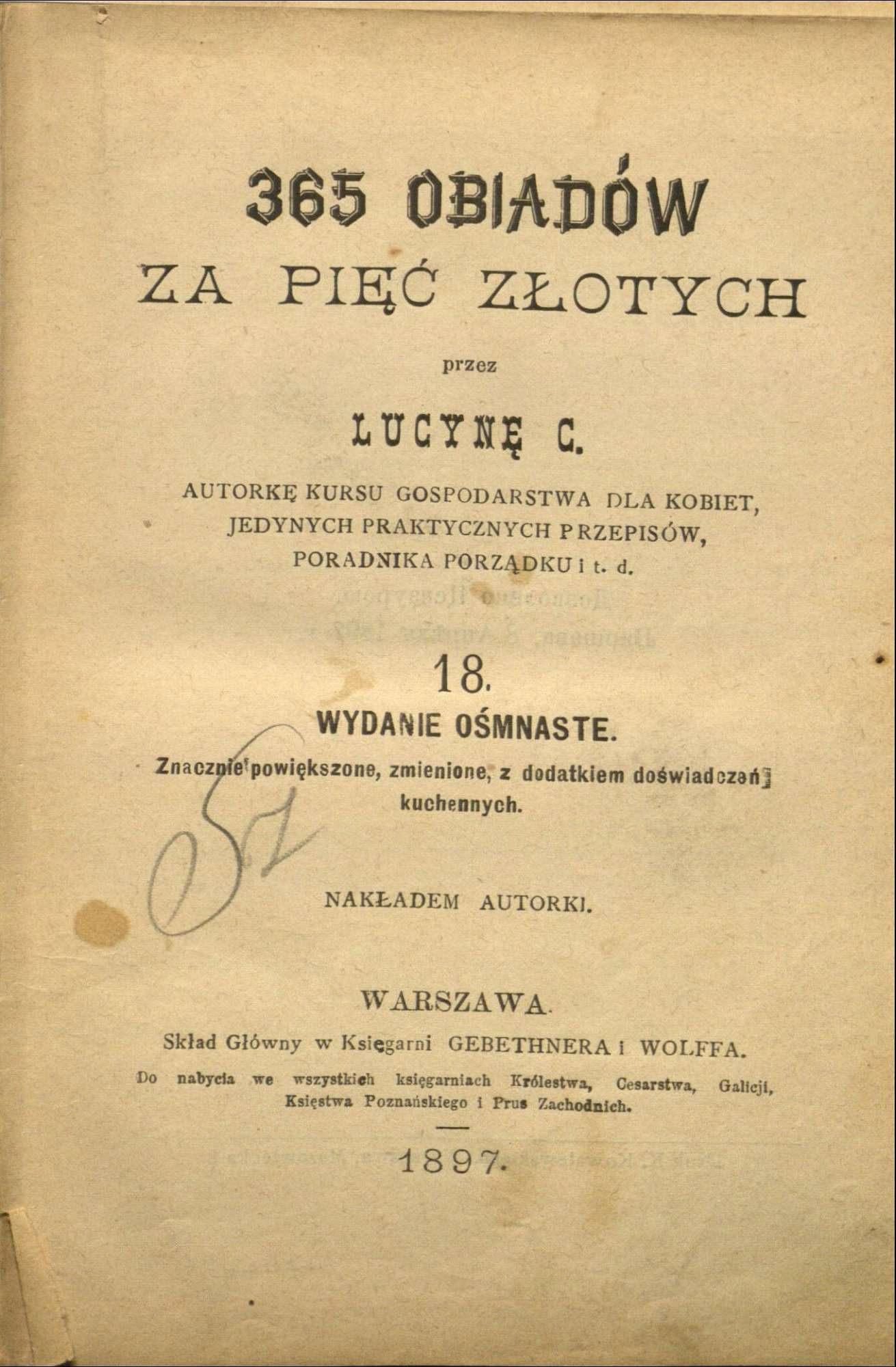
Title page of the book „365 Dinners for Five Zlotys” [Polona]
365 Dinners for Five Zlotys – a cookbook by Lucyna Ćwierczakiewiczowa – Protestant Reformed Cemetery, Warsaw
365 Dinners for Five Zlotys – a cookbook by Lucyna Ćwierczakiewiczowa – Protestant Reformed Cemetery, Warsaw Fact of the Polish…
-
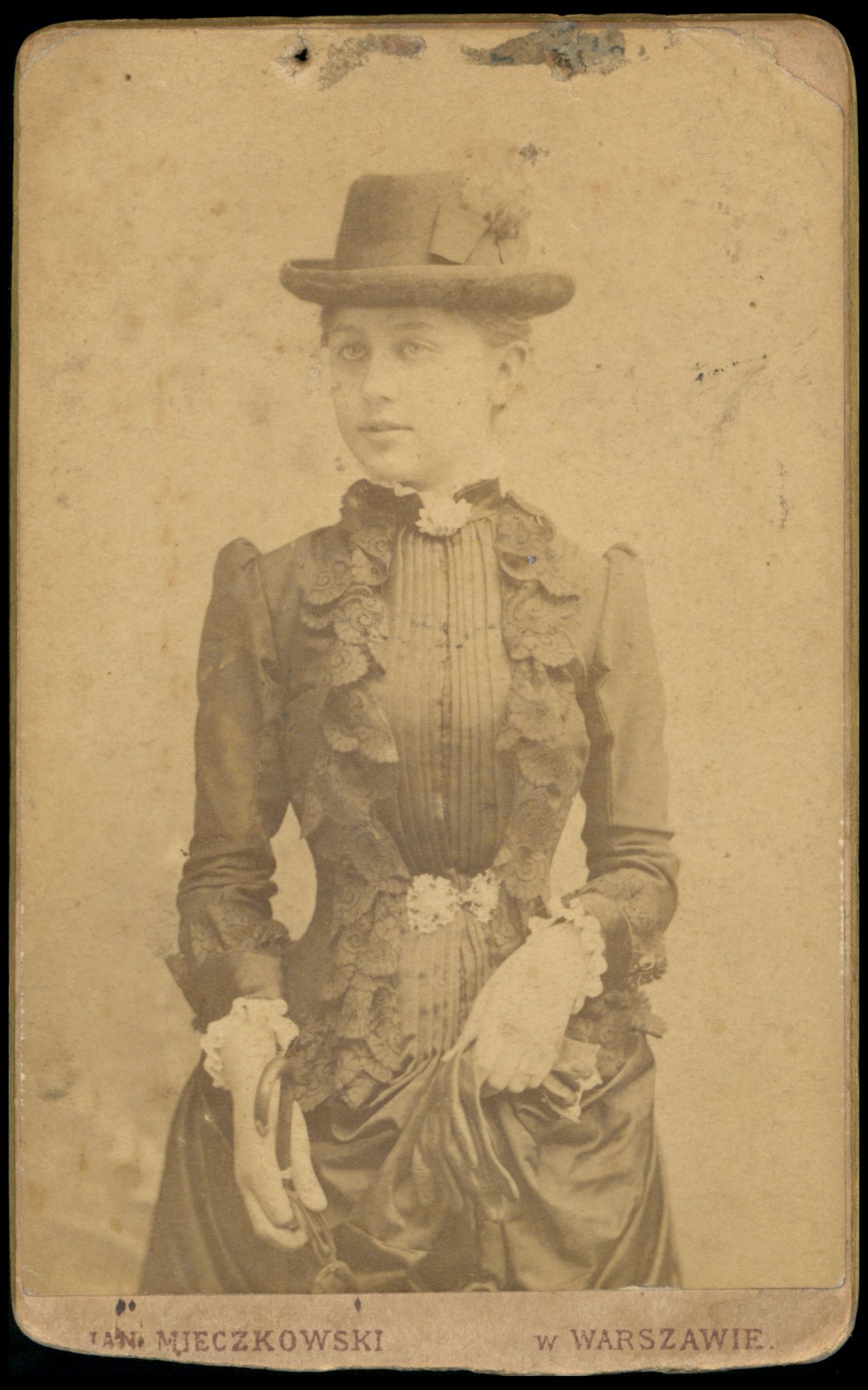
The portrait of Jadwiga Dawidowa, née Szczawińska, reveals the founder of the renowned Flying University. Dawidowa played a pivotal role in establishing this clandestine institution, which earned its name due to the covert nature of its operations. The university conducted its courses illegally, meeting in various private apartments and frequently changing locations to evade detection. Dawidowa’s leadership and dedication were instrumental in providing education under oppressive conditions, reflecting her commitment to intellectual freedom and resistance against authoritarian constraints.
Flying University – Museum of Industry and Agriculture, Warsaw
Flying University – Museum of Industry and Agriculture, Warsaw Fact of the Polish figure „Polon and Rad – Maria Skłodowska-Curie”…
-
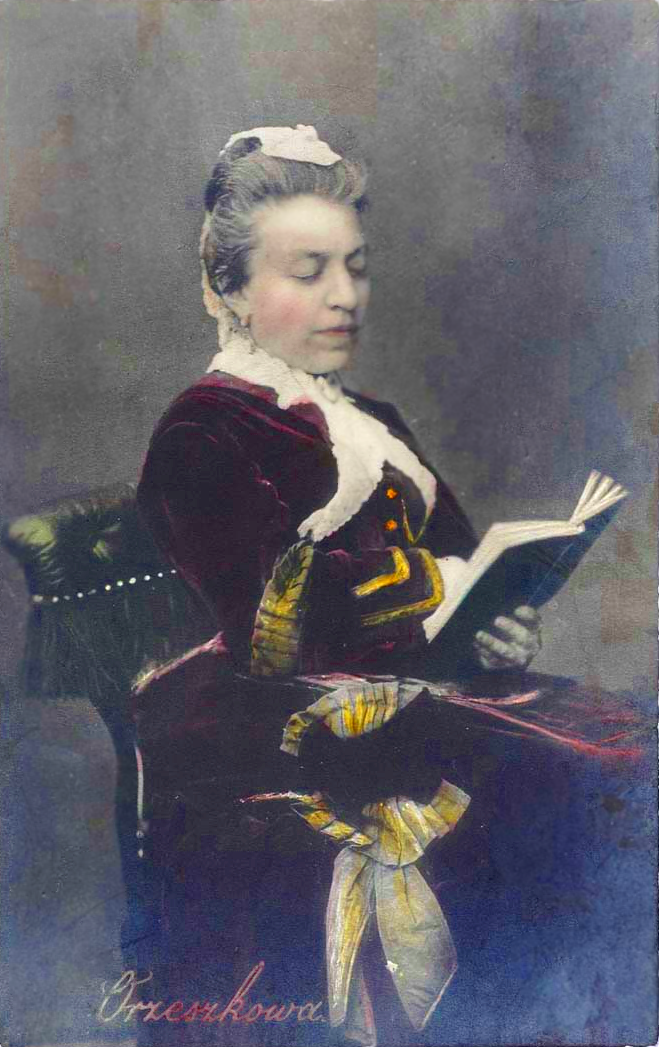
Photograph showing Eliza Orzeszkowa in 1905, author unknown
Siłaczki („Strong women”) – the role of women in positivist grassroots work – Grodno
Siłaczki („Strong women”) – the role of women in positivist grassroots work – Grodno Fact of the Polish figure „Polon…
-
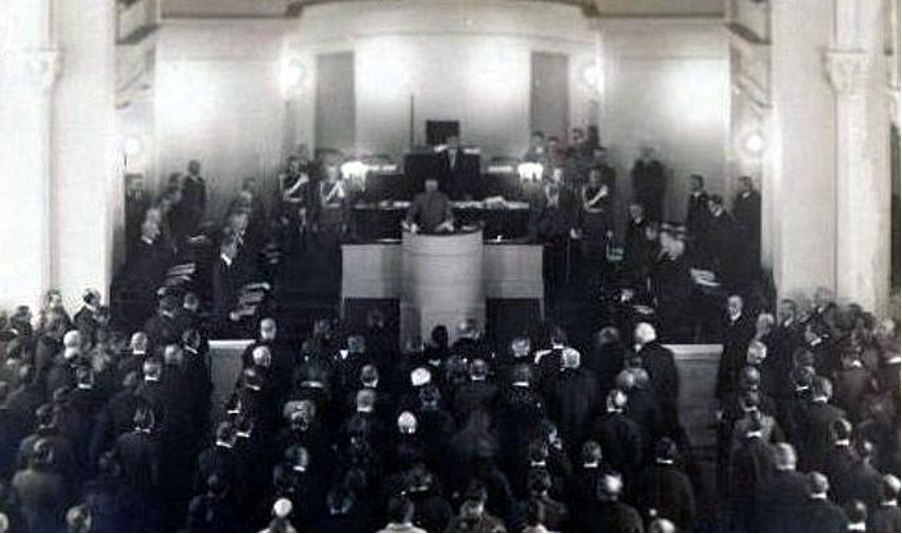
Józef Piłsudski opening first session of Polish Sejm 10.02.1919.
Legislative Sejm (Second Polish Republic) – Warsaw
Legislative Sejm (Second Polish Republic) – Warsaw Fact of the Polish figure „The arrival of Piłsudski in Warsaw” Part of…
-
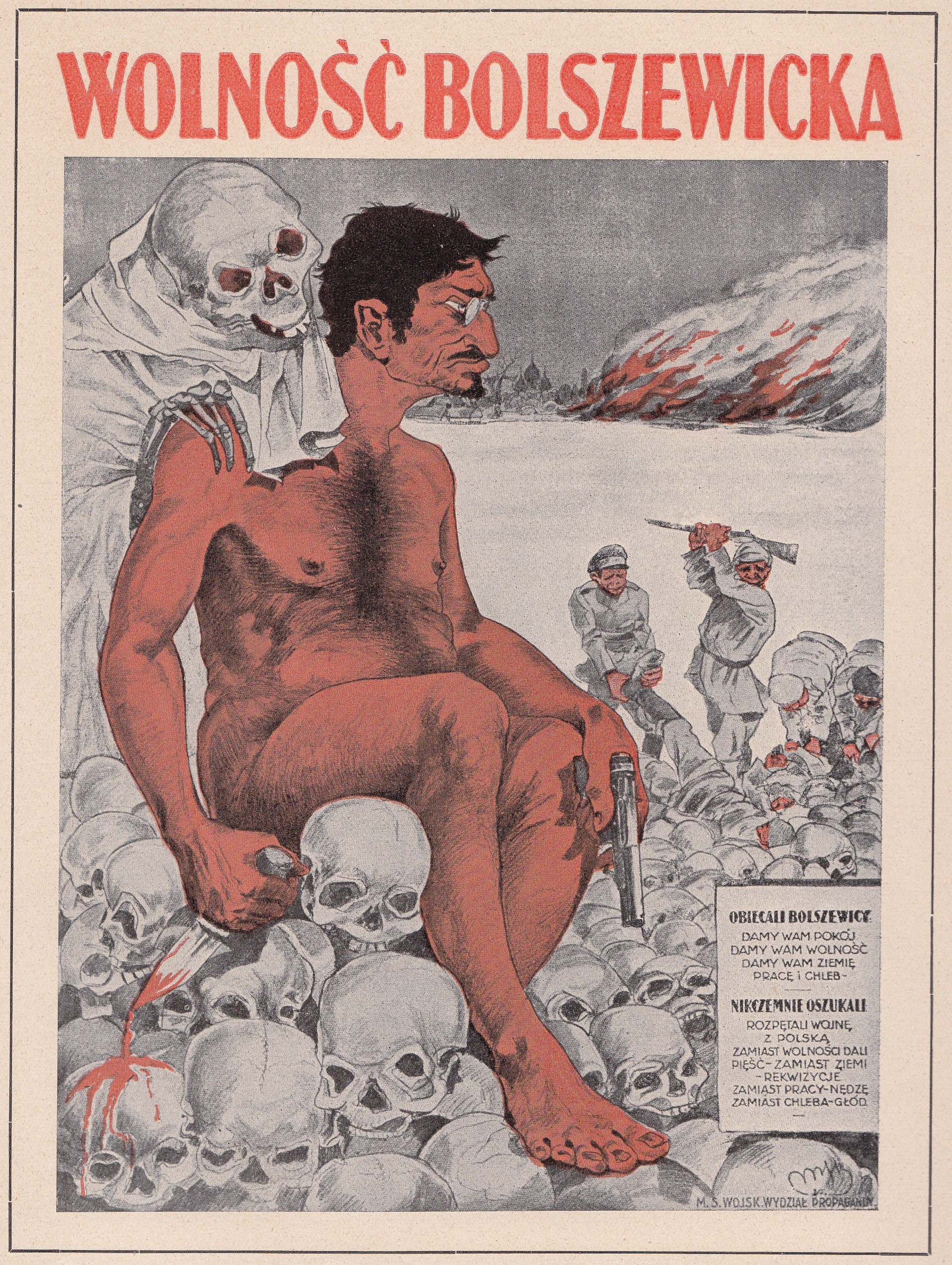
The poster titled „Bolshevik Freedom” from the Polish-Soviet War of 1920 depicts Leon Trotsky in a highly evocative manner. It shows him on a pile of skulls, symbolizing the victims of Bolshevik policies, and wielding a bloody knife. This striking and dramatic image was used as anti-Soviet propaganda to convey the brutality and violence associated with the Bolshevik regime during that turbulent period.
Polish-Soviet War – House of the Black Heads, Riga
Polish-Soviet War – House of the Black Heads, Riga Fact of the Polish figure „The arrival of Piłsudski in Warsaw”…
